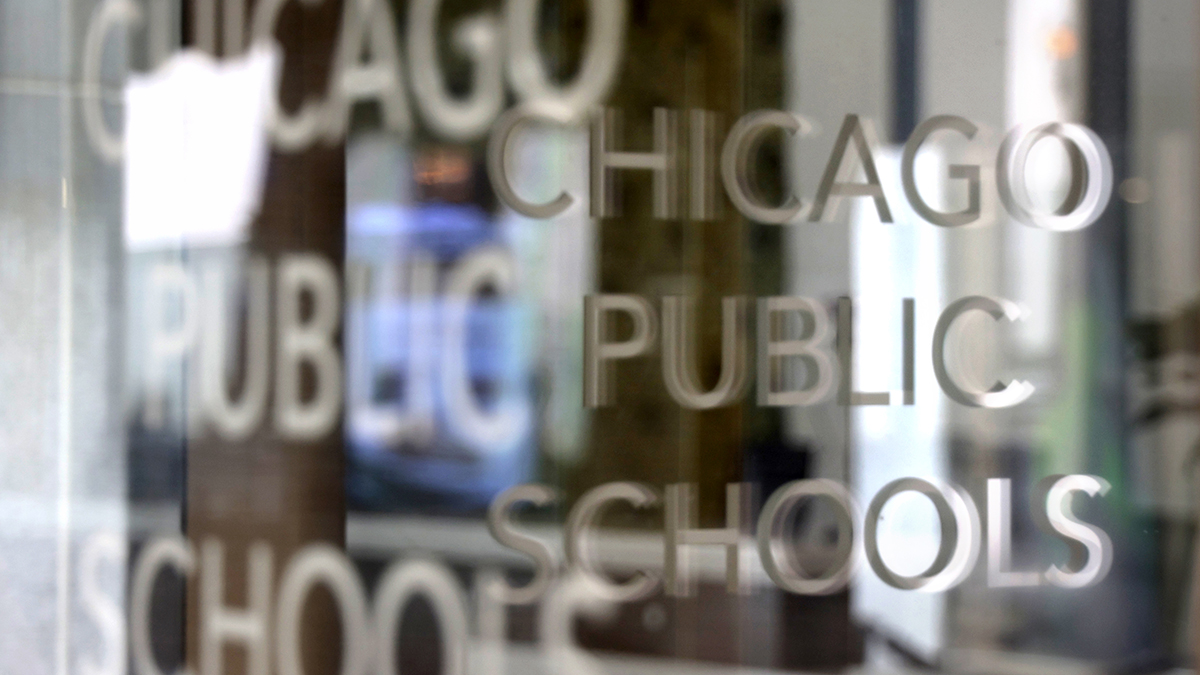Chicago Schools Investigated: Equity Initiative Gone Wrong?
Chicago Public Schools Under Federal Scrutiny: Is Equity a Violation?
Introduction: A Federal Probe into CPS's Equity Initiative
Imagine the weight of a school district serving over 321,000 students. Now, imagine that district, Chicago Public Schools (CPS), facing a federal investigation. That's exactly what's happening. The U.S. Education Department has launched a probe into CPS following allegations that a new program aimed at boosting academic success and retention among Black students and educators might violate federal law. How did we get here, and what could this mean for the future of equity initiatives in education?
The Allegations: Racial Discrimination?
Parents Defending Education's Complaint
At the heart of the investigation is a complaint filed by Parents Defending Education (now known as Defending Education) back in February. They allege that CPS’s academic achievement initiative for Black students is racially discriminatory, thereby violating Title VI of the Civil Rights Act. Title VI, a cornerstone of civil rights legislation, prohibits discrimination based on race, color, or national origin in programs and activities receiving federal financial assistance. Is CPS inadvertently creating a system that unfairly favors one group over others?
The Civil Rights Act and Its Application
The Civil Rights Act of 1964 is a big deal. It's designed to ensure equal opportunity for all, regardless of race. But how does it apply to programs designed to address historical inequalities? That's the million-dollar question. The investigation will likely focus on whether the CPS initiative creates a system where Black students and educators receive preferential treatment to the detriment of other groups.
The Context: Chicago Public Schools
The Size and Demographics of CPS
CPS isn't just any school district; it's the fourth-largest in the nation. In the 2023-2024 academic year, 35% of its 321,000 students were Black. This diversity is a point of pride, but it also means that any policies, especially those focused on specific groups, are going to be heavily scrutinized. Can such a large and diverse district effectively tailor programs without running afoul of anti-discrimination laws?
Historical Performance Gaps
Let's be honest, achievement gaps exist. Historically, Black students in CPS, like in many urban school districts, have faced challenges in terms of academic performance. The question is: what’s the best way to address these gaps without creating new forms of inequity?
The Investigation: What to Expect
The Role of the Education Department's Civil Rights Office
The investigation is being conducted by the Education Department's Office for Civil Rights. This office is responsible for enforcing federal laws prohibiting discrimination in programs and activities receiving federal financial assistance. They have the power to subpoena documents, interview witnesses, and ultimately determine whether CPS has violated Title VI.
The Timeline and Potential Outcomes
Investigations like these can take time – months, even years. The outcome could range from a finding of no violation to a requirement that CPS overhaul its program. If a violation is found, CPS could face sanctions, including the loss of federal funding. It's a high-stakes situation, to say the least.
The Political Landscape: A Shift in Focus?
A Trump-Era Precedent?
The article mentions this investigation appears to be the first time since President Trump took office in January of *that year* that the department had investigated a public school system for instituting a racially based program. This raises an interesting question: Does this investigation signal a shift in the Education Department's approach to equity initiatives? Are we entering an era of increased scrutiny of programs designed to address racial disparities?
The Broader Debate on Equity vs. Equality
This investigation highlights the ongoing debate between equity and equality. Equality means treating everyone the same, while equity means providing different levels of support to different groups based on their needs. The CPS initiative appears to be rooted in the principle of equity, but critics argue that it crosses the line into preferential treatment.
Digging Deeper: The CPS Program in Question
Specific Details of the Initiative
Okay, let's get into the nitty-gritty. While the provided snippets don't offer specific details of the CPS program, here are some potential elements such an initiative *might* include:
- Targeted tutoring programs for Black students
- Mentorship programs pairing Black students with Black professionals
- Professional development for teachers on culturally responsive teaching practices
- Curriculum changes to incorporate more Black history and literature
- Specific support for Black educators, such as leadership training
It's crucial to understand exactly what the program entails to assess whether it truly violates Title VI.
Arguments in Favor of the Program
Proponents of the program would likely argue that it's necessary to address systemic inequities and historical disadvantages faced by Black students and educators. They might point to data showing persistent achievement gaps and argue that a targeted approach is the only way to close them.
Arguments Against the Program
Critics, on the other hand, would likely argue that the program creates a "separate but equal" system, which is inherently discriminatory. They might argue that all students should receive the same level of support, regardless of their race, and that the program could lead to resentment and division.
Potential Implications and Ramifications
Impact on Other School Districts
The outcome of this investigation could have far-reaching implications for other school districts across the country. If the Education Department finds that CPS violated Title VI, it could send a chilling effect, discouraging other districts from implementing similar equity initiatives. Conversely, a finding in favor of CPS could embolden other districts to pursue targeted programs.
The Future of Equity Initiatives in Education
Ultimately, this investigation is about more than just one school district or one program. It's about the future of equity initiatives in education and how we can best address historical inequalities without creating new forms of discrimination. It is a balancing act to ensure equity initiatives aren't discriminatory.
Community Reactions and Dialogue
This news likely sparks heated debate within the Chicago community. Parents, educators, and community leaders will likely have strong opinions on both sides of the issue. Open and honest dialogue is crucial to finding a path forward that addresses the needs of all students.
Conclusion: Navigating the Complexities of Equity
The investigation into Chicago Public Schools underscores the complexities of addressing racial inequities in education. While the goal of promoting academic success and retention among Black students and educators is laudable, the methods used must align with federal law. This case serves as a reminder that creating a truly equitable education system requires careful consideration, ongoing dialogue, and a commitment to ensuring that all students have the opportunity to thrive. The findings will set a precedent for how equity initiatives are implemented and scrutinized across the nation, shaping the landscape of educational policy for years to come.
Frequently Asked Questions
What is Title VI of the Civil Rights Act?
Title VI prohibits discrimination based on race, color, or national origin in programs and activities receiving federal financial assistance. It's a key piece of legislation ensuring equal opportunity for all.
What does the Education Department's Office for Civil Rights do?
The Office for Civil Rights enforces federal laws prohibiting discrimination in programs and activities receiving federal financial assistance. They investigate complaints and work to ensure compliance with these laws.
What are the potential outcomes of the investigation?
The investigation could result in a finding of no violation, a requirement that CPS overhaul its program, or sanctions, including the loss of federal funding.
Why is there debate over equity initiatives in schools?
The debate stems from differing views on how best to address historical inequalities. Some believe in equality (treating everyone the same), while others advocate for equity (providing different levels of support based on needs). It's about finding the right balance.
How might this investigation affect other school districts?
The outcome could influence how other districts approach equity initiatives, potentially discouraging or encouraging similar programs depending on the findings of the Education Department.

